Lessons from Led Intermediate
We practiced Led Intermediate at The Yoga Club this past week, and so I wanted to share a little bit of the wisdom and nuggets I’ve gathered from my experiences practicing it and guiding it. People get so funny and weird about doing a led intermediate– which cracks me up.
It’s a practice that has the power to be whatever you make of it, a journey where you can choose to relax, enjoy, or even dive deep into the challenge—it’s all up to you. Think of it as a road trip; what kind of car do you want to be in? The super uptight stressed-out car, or the one with mellow tunes playing in the background? After all, what’s the rush?
1. Have a Plan, But Stay Flexible
In Led Intermediate, it’s beneficial to have a plan for your postures. Identify your MVP (Most Viable Posture) – the one that suits you best and provides the most benefit. It’s like having a roadmap for your journey. However, stay flexible. Sometimes, the road takes unexpected turns, and it’s okay to adjust your plan accordingly. The essence of Ashtanga is not rigidity but adaptability.
2. Relax and Enjoy—or Not
One of the beautiful aspects of Led Intermediate is that you have the freedom to choose your approach. Guided classes are HIGHLY gamifiable. You can relax, enjoy the flow, and savor each posture’s nuances. Alternatively, you can choose to challenge yourself, pushing the boundaries of your practice, or try to keep up with the person next to you. It’s all valid; it’s all your journey.
3. Enjoy the Ride
Consider Led Intermediate like a road trip. What kind of car do you want to ride in? A stressed-out car, constantly rushing from one site to the next, trying to get absolutely every detail of the agenda in the shortest amount of time? Or are you the car that’s cruising, with mellow tunes playing, taking in the scenery and enjoying the process? It’s your choice, and it can make all the difference in your practice experience. I’ll tell ya what, though– if I’m LEADING the led intermediate, I’m gonna ask that you chill the F*** out.
4. Practice as a Mirror
Your yoga practice is like a mirror, and what you see in it can reveal a lot about your mindset. If you find yourself fixated on what you couldn’t do during Led Intermediate, it might be an indicator of a fixed mindset. But, here’s the magic: you can choose to incorporate a growth mindset. Instead of dwelling on limitations, focus on growth, progress, and the journey of improvement.
5. Learning from Challenges
We all have those moments in Led Intermediate when we feel like we couldn’t quite accomplish a particular posture. But here’s the beauty of it: those moments are teachers. They offer insights into your practice and your approach. What kept you from using the Most Viable Posture (MVP)? Was it a lack of clarity? Perhaps something else? Use this valuable information to strategize your approach for next time. It’s not about failure; it’s about learning and evolving.
7. Embracing the Long View
It’s not about nailing a particular posture today; it’s about the continuous journey of self-improvement over time. The subtle changes, the gradual progress—they all add up to a transformative experience.
8. Patience and Persistence
Led Intermediate teaches us the virtues of patience and persistence. As we work on challenging postures and encounter obstacles, we learn to navigate through them with grace and determination. Remember that every step, no matter how small, is a step forward. Your practice is a testament to your commitment and resilience.
9. Celebrating Growth Mindset
As you incorporate a growth mindset, learn from challenges, and embrace the long view, you’ll find yourself celebrating growth in unexpected ways. There is so much to enjoy– and yes, perhaps even the postures you couldn’t do before become more accessible, not because you forced them, but because you nurtured your practice with patience and dedication. Perhaps we also learn to celebrate when things go away and it doesn’t hurt so bad, too. Growth comes in many forms.
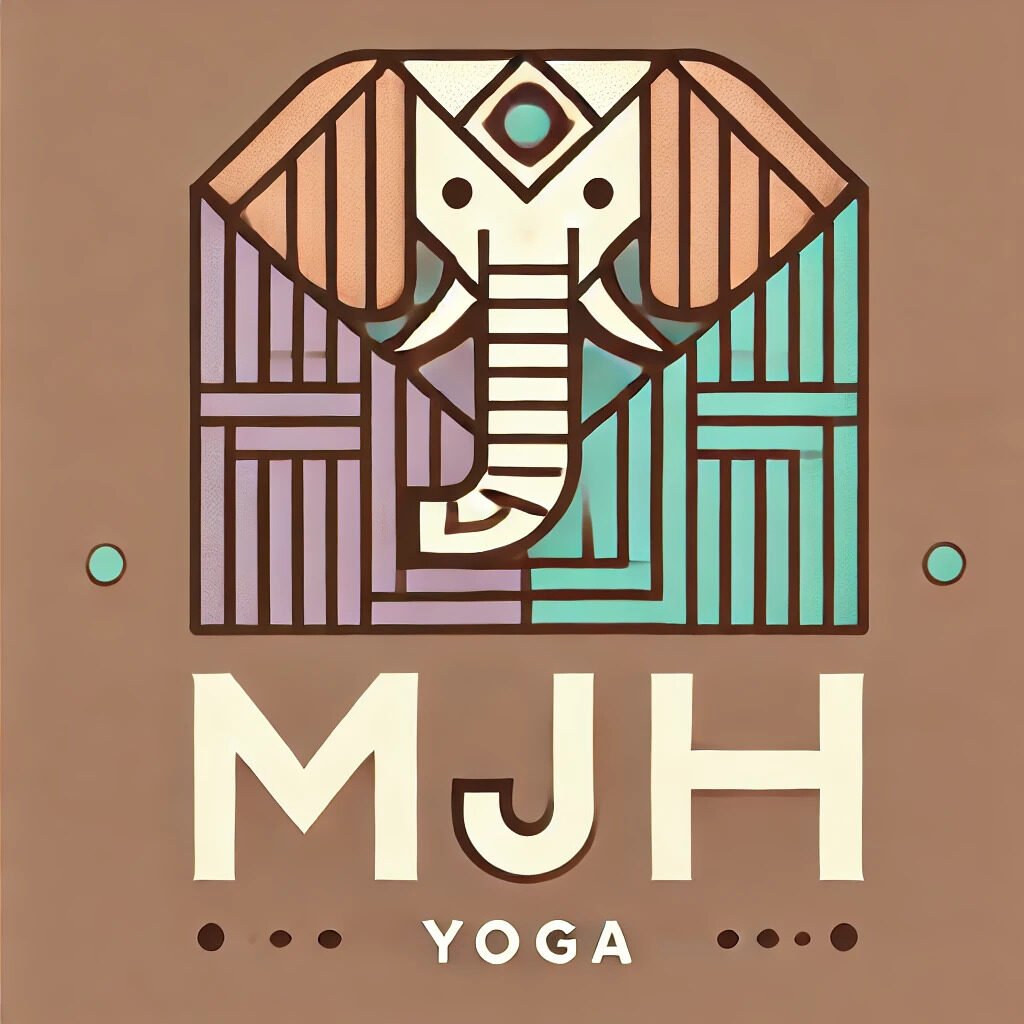



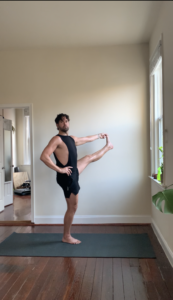
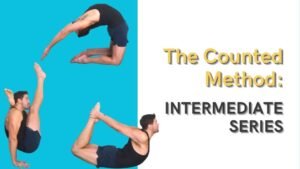
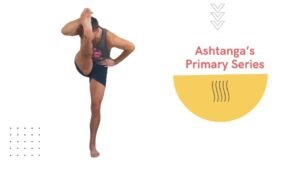
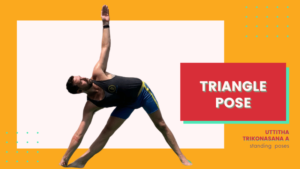
[…] Lessons from Led Intermediate— I’m thinking about teaching a “Building your Intermediate” workshop series. Saturdays after Mysore, maybe? Leave thoughts in comments. […]
[…] Lessons from Led Intermediate— I’m thinking about teaching a “Building your Intermediate” workshop series. Saturdays after Mysore, maybe? Leave thoughts in comments. […]
[…] Lessons from Led Intermediate— I’m thinking about teaching a “Building your Intermediate” workshop series. Saturdays after Mysore, maybe? Leave thoughts in comments. […]